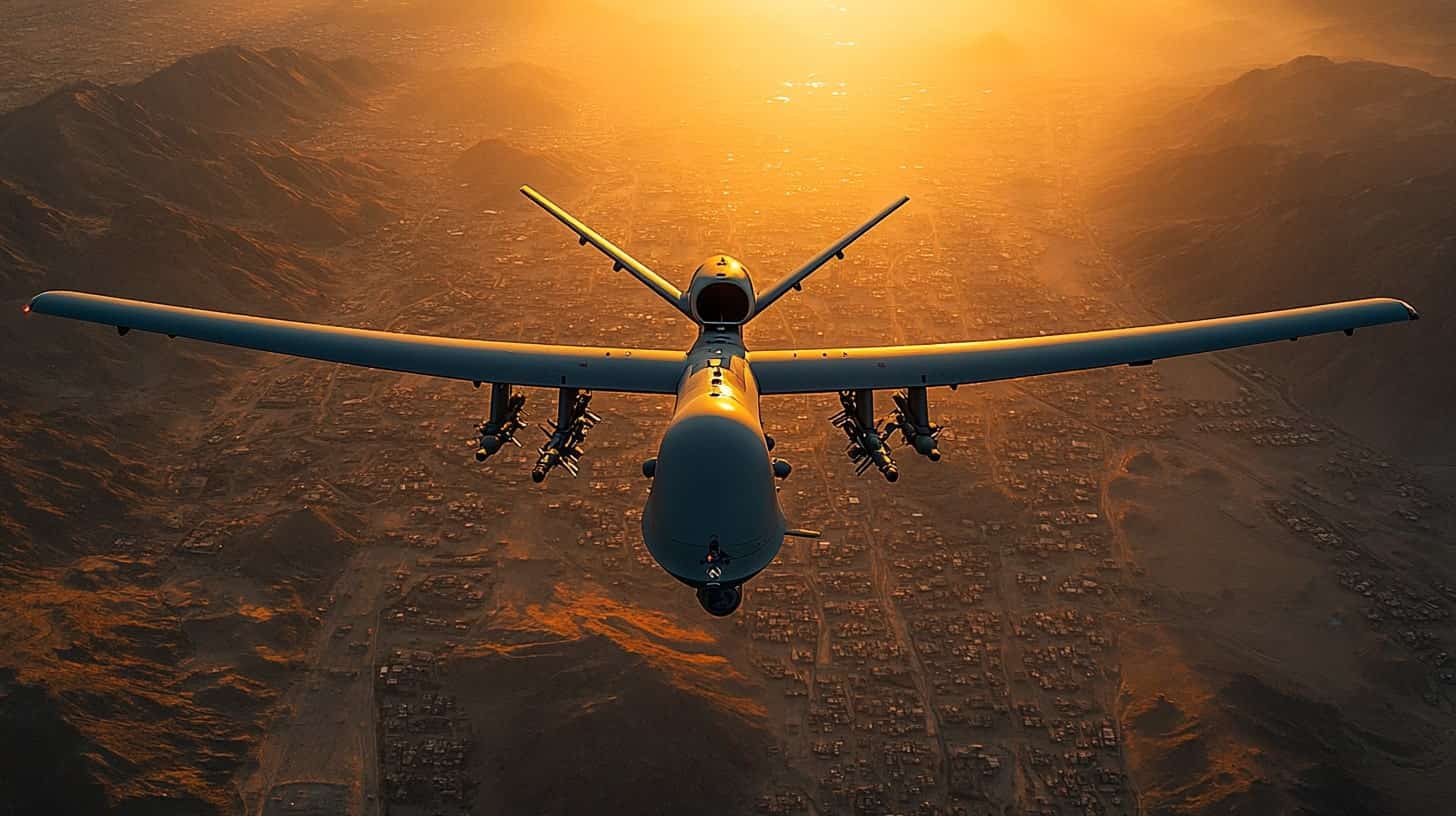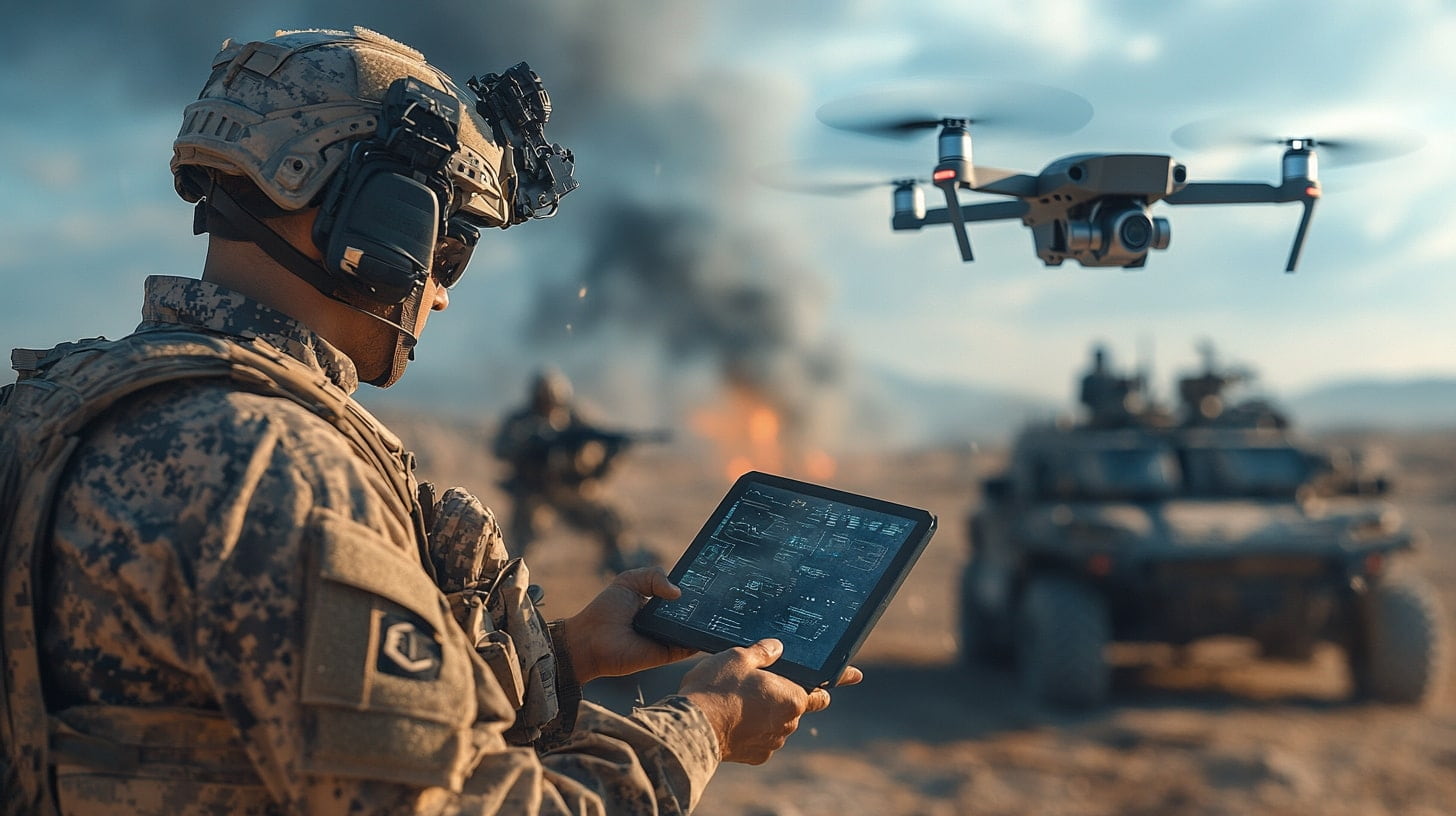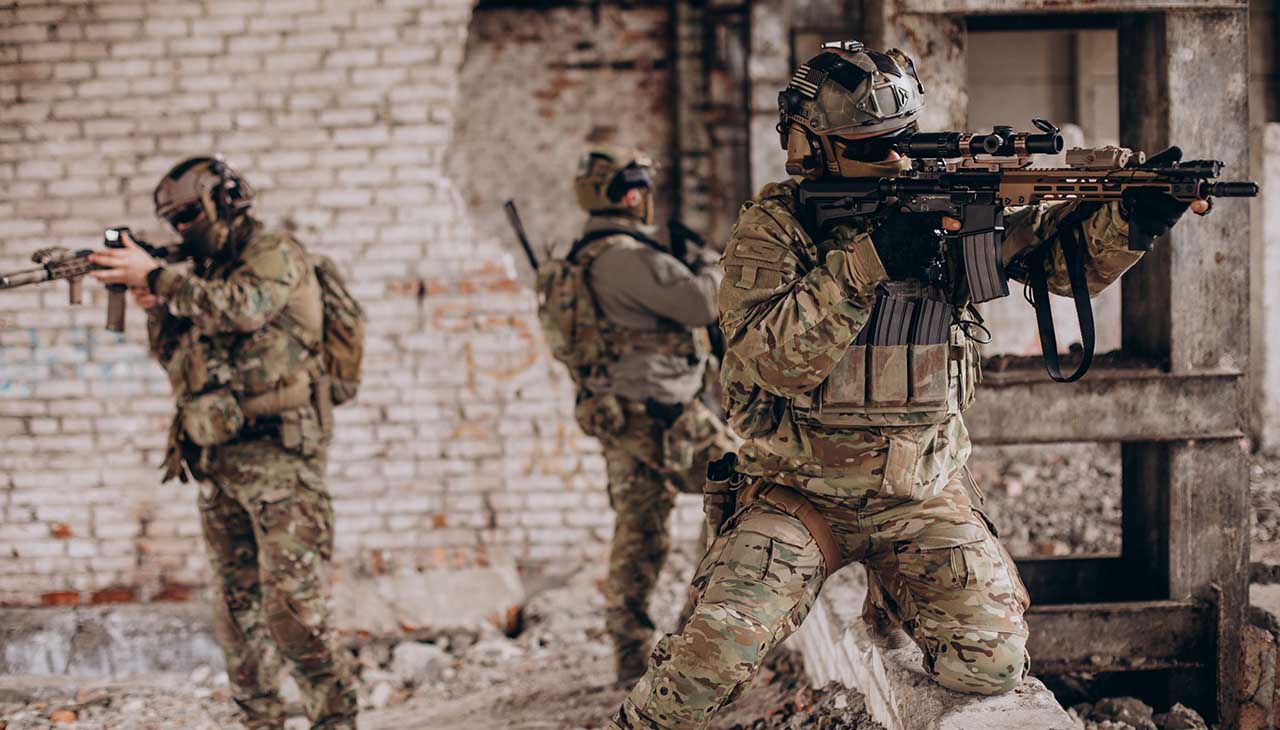Introduction
The rapid advancement of drone technology has revolutionized modern warfare, offering unprecedented advantages in surveillance, reconnaissance, and precision strikes. From military superpowers to smaller nations and non-state actors, the use of unmanned aerial vehicles (UAVs) has transformed battlefield tactics and operational strategies. However, as with any technological innovation, drones come with both advantages and limitations. This article analyzes the role of drones in contemporary conflicts, focusing on their strategic benefits, technological advancements, and potential drawbacks.
The Evolution of Drone Warfare
Drones have evolved from simple reconnaissance tools to sophisticated weapons platforms capable of executing complex missions. The early days of UAV deployment primarily focused on intelligence gathering and battlefield surveillance. However, advancements in artificial intelligence, machine learning, and autonomous navigation have expanded their capabilities, making them integral to modern military operations.
Key milestones in drone warfare include:
- The use of Predator drones by the U.S. military in the early 2000s for counterterrorism operations.
- The integration of AI-driven autonomous flight systems for real-time decision-making.
- The proliferation of drone swarms for coordinated attacks and reconnaissance missions.
Advantages of Drones in Modern Conflicts
1. Enhanced Surveillance and Reconnaissance
One of the primary advantages of drones is their ability to conduct real-time surveillance. Equipped with high-resolution cameras, thermal imaging, and AI-powered tracking systems, UAVs provide military forces with critical intelligence without putting personnel at risk.
2. Precision Strikes and Targeted Operations
Modern drones are equipped with advanced targeting systems that allow for precise strikes on enemy positions. This minimizes collateral damage and reduces the risk of civilian casualties compared to traditional airstrikes.
3. Cost-Effective Operations
Drones are significantly cheaper to operate than manned aircraft. They require less maintenance, no onboard pilots, and can be deployed rapidly. This makes them an attractive option for nations with limited defense budgets.
4. Reduced Risk to Human Personnel
The ability to conduct combat missions remotely means fewer soldiers and pilots are exposed to direct battlefield dangers. This not only saves lives but also reduces the psychological burden on military personnel.
5. Versatility in Combat Scenarios
Drones can be deployed in a variety of missions, including reconnaissance, electronic warfare, search and rescue, and offensive strikes. Their adaptability allows commanders to use them in different operational environments, from urban combat zones to remote battlefields.
Limitations and Challenges of Drone Warfare
1. Vulnerability to Electronic Warfare
Despite their advanced technology, drones are highly susceptible to electronic warfare techniques such as jamming, hacking, and GPS spoofing. Adversaries can disrupt their communication links, rendering them ineffective or even taking control of them.
2. Ethical and Legal Concerns
The use of drones for targeted killings has raised ethical and legal debates. Questions regarding accountability, sovereignty violations, and civilian casualties continue to be topics of international discussion. The lack of a clear regulatory framework complicates matters further.
3. Limitations in Autonomy and Decision-Making
While AI-driven drones can perform many functions autonomously, they still rely on human oversight for critical decision-making. Situational awareness and judgment, especially in dynamic combat scenarios, remain challenging for fully autonomous systems.
4. High Dependence on Infrastructure
Drones require a robust infrastructure, including satellite communications, ground control stations, and secure data links. In areas with limited technological infrastructure or under electronic attack, drone operations may be severely compromised.
5. Potential for Proliferation and Misuse
The increasing availability of drone technology has led to its proliferation among non-state actors, insurgent groups, and terrorist organizations. The potential misuse of drones for asymmetric warfare poses a significant security threat.
Future Trends in Drone Warfare
1. AI-Driven Autonomous Drones
Future UAVs will incorporate more advanced artificial intelligence, allowing them to make complex decisions without direct human intervention. This will enhance their operational efficiency and adaptability in unpredictable combat scenarios.
2. Swarm Technology
Drone swarms, where multiple UAVs operate in a coordinated manner, will become a game-changer in modern warfare. These swarms can overwhelm enemy defenses, conduct large-scale reconnaissance, and execute precision attacks with minimal human oversight.
3. Hypersonic and Stealth Drones
Advancements in aerodynamics and propulsion systems are paving the way for hypersonic and stealth drones. These UAVs will be harder to detect and intercept, providing a significant strategic advantage.
4. Integration with Cyber Warfare
Drones will increasingly be used for cyber warfare operations, including electronic surveillance, network penetration, and cyberattacks on enemy infrastructure. This fusion of physical and digital warfare will redefine combat strategies.
5. Counter-Drone Technologies
As drone warfare becomes more prevalent, nations are investing in counter-drone systems such as laser weapons, electronic jamming devices, and anti-drone drones designed to neutralize hostile UAVs effectively.
Conclusion
Drones have undeniably reshaped the landscape of modern warfare, offering strategic advantages in intelligence, precision strikes, and operational flexibility. However, their vulnerabilities, ethical implications, and the potential for misuse highlight the need for continued development of countermeasures and regulatory frameworks. As technology evolves, the role of drones in military conflicts will continue to expand, making them a focal point of future warfare strategies.






Leave a Reply